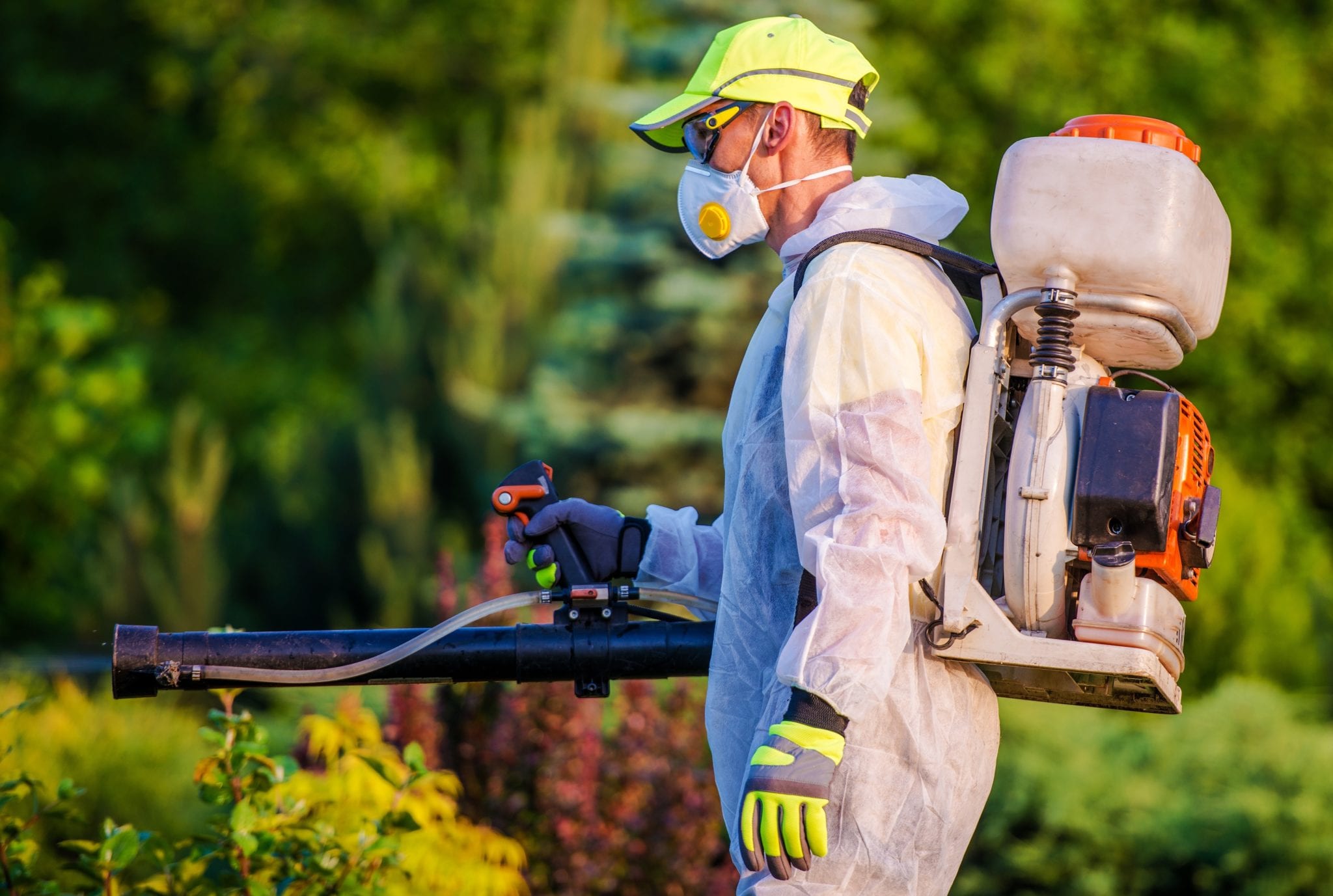A Comprehensive Guide to the Different Sorts Of Insect Control Methods
With the myriad of parasite control methods offered, it can be frustrating to locate the most reliable option for a certain parasite problem. In this detailed overview, we will check out these various types of pest control methods, offering understandings into their applications and benefits. By the end, you will have a clearer understanding of which technique may be the finest fit for your pest control requirements.
Chemical Pest Control Techniques

One usual type of chemical parasite control is pesticides. Pesticides target particular parasites, such as mosquitoes, termites, or ants, and can be made use of both inside and outdoors.
Another type of chemical insect control is rodenticides. These are chemical compounds designed to regulate populaces of rats, such as rats and computer mice.
Herbicide, additionally called herbicides, are another kind of chemical bug control approach. Herbicides are made to uniquely kill undesirable plants, called weeds, without triggering injury to preferable plants. They are generally utilized in agriculture, landscaping, and gardening to regulate the growth of undesirable greenery.
While chemical pest control techniques can be highly reliable in getting rid of bugs, it is crucial to utilize them carefully and follow safety and security guidelines. Overuse or misuse of chemical pesticides can have adverse effects on human wellness and the environment. As a result, it is vital to employ these approaches properly and think about alternative bug control methods whenever possible.
Organic Pest Control Methods
Biological bug control techniques entail making use of living microorganisms or all-natural materials to manage and regulate pest populations. Unlike chemical techniques, which usually count on artificial chemicals, organic control techniques use the all-natural enemies of insects to control their populaces. This technique is taken into consideration even more eco-friendly and sustainable, as it lowers making use of harmful chemicals and reduces the risk of pesticide resistance.
One commonly used organic insect control approach is the introduction of all-natural killers or bloodsuckers. For example, ladybugs are introduced to control aphids, while particular wasp species are released to target caterpillars. These predators and bloodsuckers feed upon insects, reducing their numbers and avoiding infestations.
Another organic control method is using pathogens. Specific germs, infections, and fungis can be employed to infect and eliminate particular pests. The germs Bacillus thuringiensis is commonly utilized to regulate caterpillars, as it generates toxins that are dangerous to these pests.
Biological control techniques can also entail the use of pheromones or all-natural substances that interrupt the breeding patterns of bugs. By interfering with their recreation, these techniques aid to decrease pest populaces over time.
While organic bug control approaches are typically efficient, they may require longer durations to achieve preferred outcomes compared to chemical approaches. In addition, cautious factor to consider should be offered to the option and launch of natural adversaries to avoid unplanned injury to helpful microorganisms or ecosystems.
Physical Pest Control Approaches
To effectively take care of and manage pest populaces, different bug control techniques understood as physical parasite control approaches are employed. These techniques entail the usage of physical barriers, catches, or gadgets to stop pests from accessing or harming residential property. One typical physical parasite termite pesticide control approach is using displays or webs to maintain bugs out of structures or yards. These displays are typically made of great mesh product that enables air flow while stopping insects from entering. Another physical pest control method is the installation of fences or wall surfaces to maintain larger bugs, such as deer or rabbits, out of yards or agricultural areas. These obstacles literally block the pests' accessibility to the area, decreasing the potential for damage. In addition, catches and gadgets can be utilized to catch or push back insects. Sticky traps can be placed in areas where bugs are a problem, and the pests become stuck to the sticky surface area. Ultrasonic gadgets can also be made use of to produce high-frequency sounds that are undesirable to insects, causing them to leave the location. Physical pest control methods are an eco-friendly alternative to chemical pesticides, as they do not rely upon using unsafe chemicals.
All-natural Bug Control Approaches
All-natural insect control approaches offer a lasting and green technique to managing and removing pests. These approaches prioritize making use of all-natural substances and organic agents, lessening the requirement for chemical pesticides that can hurt the setting and human health. One of one of the most usual natural pest control methods is organic control. This includes introducing natural killers or parasites to prey on or parasitize the insects. Ladybugs are usually introduced to yards to control aphid populations. One more natural approach is making use of repellents originated from plants. Specific plants, such as marigolds, lavender, and pepper mint, discharge fragrances that fend off insects like insects, flies, and ants. Additionally, social control techniques can be used to stop and handle insect problems. This consists of proper cleanliness, normal maintenance, and advertising biodiversity in the garden. As an example, rotating crops, eliminating garden particles, and motivating all-natural predators can help stop the build-up of insects. By taking on these natural insect control approaches, individuals and neighborhoods can properly handle bugs while minimizing the adverse influence on the setting and human health.
Integrated Bug Monitoring (IPM)
Integrated Pest Management (IPM) is a detailed and systematic method to pest control that incorporates different techniques and methods to successfully take care of insects while decreasing making use of chemical pesticides. more helpful hints IPM aims to maintain pest populaces listed below the financial injury level by utilizing a mix of cultural, organic, and chemical control methods.
Cultural control methods include changing the atmosphere to make it much less favorable for insects. This can consist of practices such as plant turning, correct sanitation, and using immune plant ranges. By producing undesirable conditions for insects, cultural control approaches can substantially reduce pest populations.

Chemical control techniques are used as a last resort in IPM. They entail the targeted and wise use pesticides to handle insect populaces. Unlike traditional parasite control techniques, IPM intends to decrease using chemical pesticides by employing alternate approaches.
Integrated Bug Administration (IPM) is an aggressive approach that concentrates on long-lasting pest cockroach killer monitoring instead of counting solely on responsive procedures. By incorporating numerous control approaches, IPM supplies an extra sustainable and eco-friendly strategy to pest control.
Conclusion
It talked about chemical, biological, physical, and all-natural bug control methods, as well as the integrated bug management strategy. By comprehending these different approaches, people can make informed choices on which bug control method is most appropriate for their details requirements and choices.